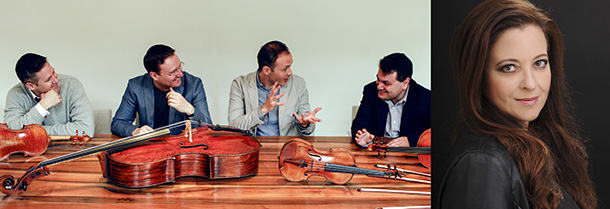Tag: string quartet
-
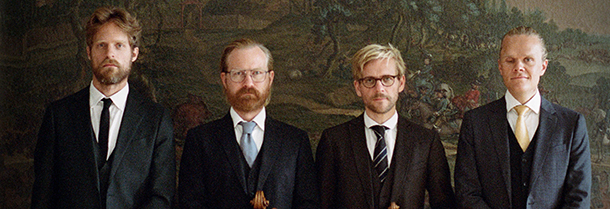
-
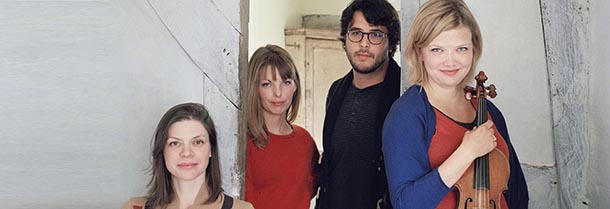
-

PROGRAM NOTES: DANISH STRING QUARTET II
Franz Schubert String Quartet No. 14 in D minor D. 810 (Death and the Maiden) Schubert’s “Death and the Maiden” string quartet is a sombre work, with all four of its movements set in a minor key. It takes its name from the composer’s lied Der Tod und das Mädchen (1817) that provides the theme for…
-
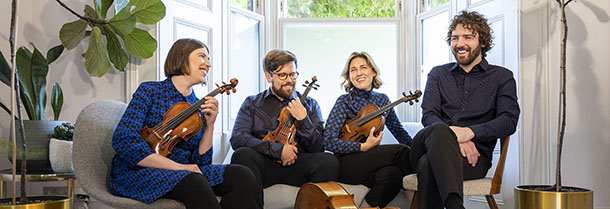
PROGRAM NOTES: CASTALIAN STRING QUARTET
Franz Joseph Haydn String Quartet in D minor Op. 76 No. 2 (“Fifths”) Haydn is known as the father of the string quartet for his leading role in transforming the genre from its origins as light entertainment into a vehicle for serious composition, worthy of standing beside the instrumental sonata and the orchestral symphony. His…
-
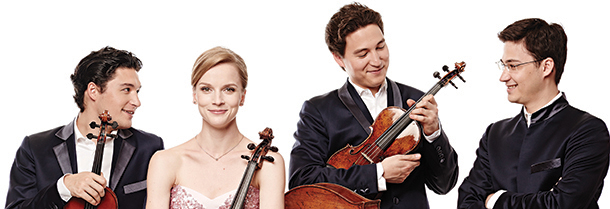
PROGRAM NOTES: SCHUMANN QUARTET
Wolfgang Amadeus Mozart Quartet in D major K. 499 “Hoffmeister” Mozart’s most accomplished string quartets are generally considered to be the ten he wrote after moving to Vienna in 1781, beginning with the set of six dedicated to Haydn, published in 1785 and ending with the set of three dedicated to the King Friedrich Wilhelm II…
-

PROGRAM NOTES: DORIC STRING QUARTET WITH MARC-ANDRÉ HAMELIN
Jean Sibelius Quartet in D minor Op. 56 Voces Intimae Sibelius’ Quartet in D minor was completed in 1909 and has five movements, symmetrically arranged in an arch form around the lyrical third-movement Adagio, with scherzos on either side separating it from the opening movement and finale. The name Voces Intimae derives from a Latin…
-

PROGRAM NOTES: DANISH STRING QUARTET
Johann Sebastian Bach The Well-Tempered Clavier Book I Fugue No. 16 in G minor BWV 861 (arr. Förster) If you have ever happened to see one of those cooking shows in which a chef is challenged to create an entire meal—appetizer, entrée and dessert—out of a minimum of ingredients (an ox-tail, say, and a banana)…
-
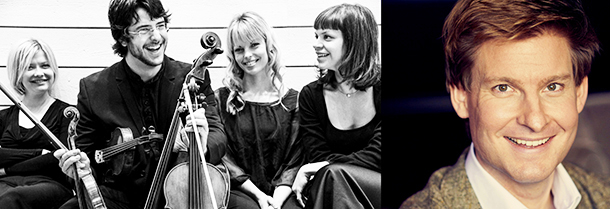
PROGRAM NOTES: CHIAROSCURO QUARTET AND KRISTIAN BEZUIDENHOUT
Franz SchubertString Quartet No. 14 in D minor (“Death & the Maiden”) Schubert’s “Death and the Maiden” string quartet is a sombre work, with all four of its movements set in a minor key. It takes its name from the composer’s lied Der Tod und das Mädchen (1817) that provides the theme for the quartet’s…
-
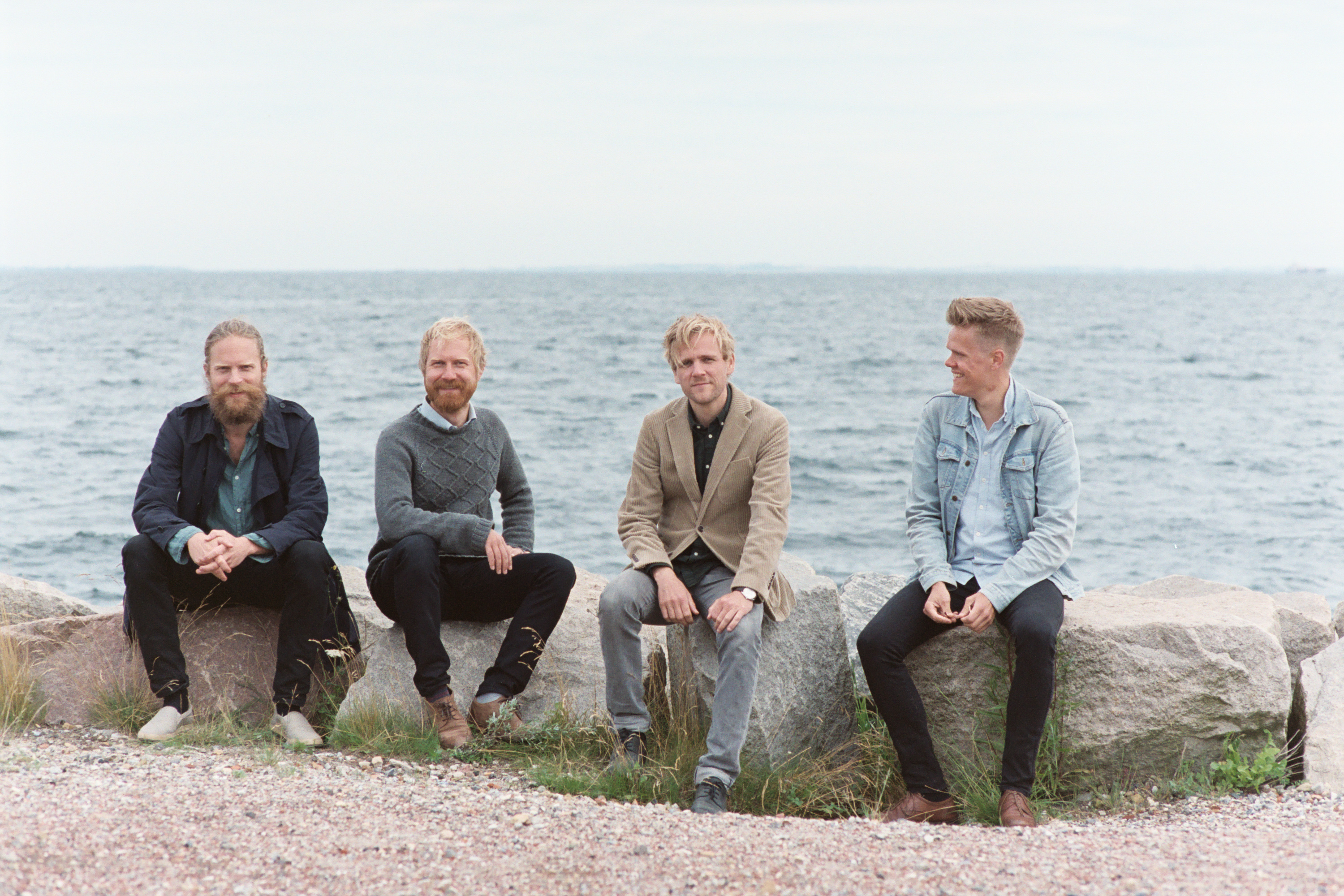
PROGRAM NOTES: DANISH STRING QUARTET
Ludwig van Beethoven String Quartet in C minor Op. 18 No. 4 In the Napoleonic era, when a Viennese aristocrat was thinking of entertaining friends at home, he might pop down to the local shop to pick up a six-pack—of string quartets, that is. The most refined form of home entertainment in Austria’s capital was…


